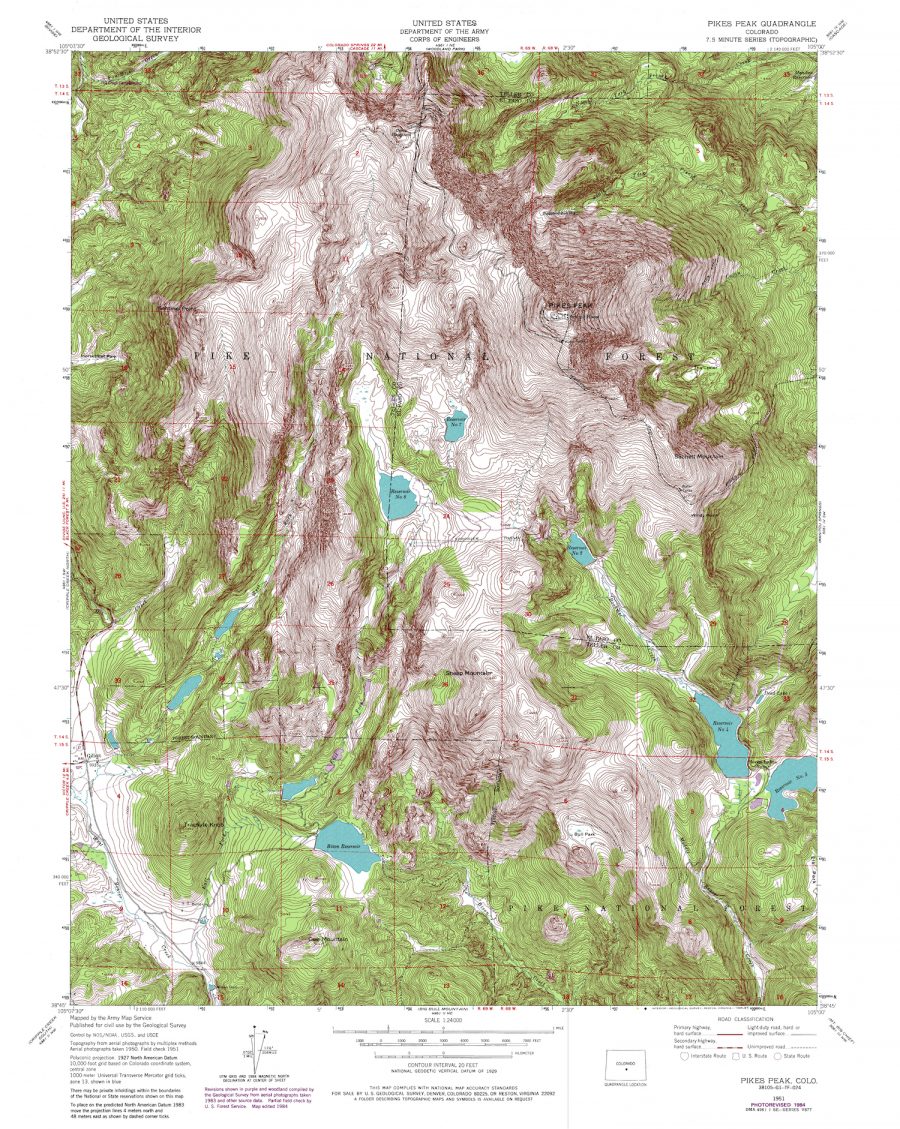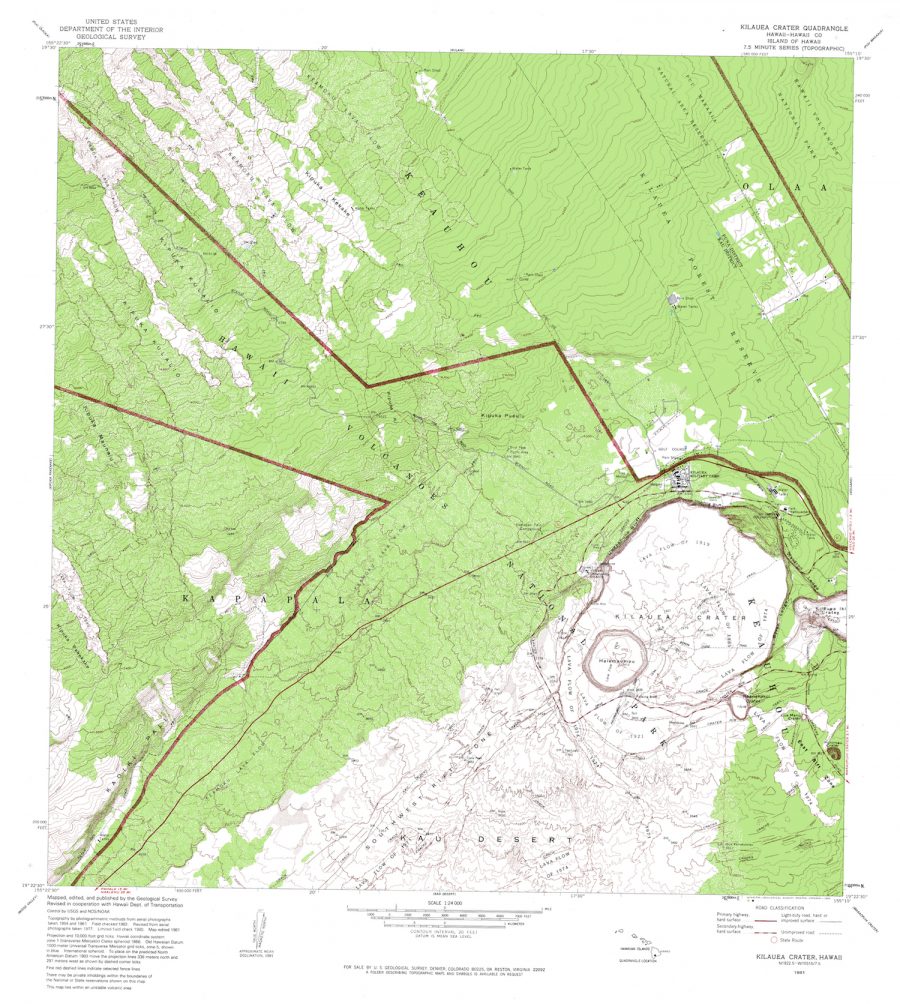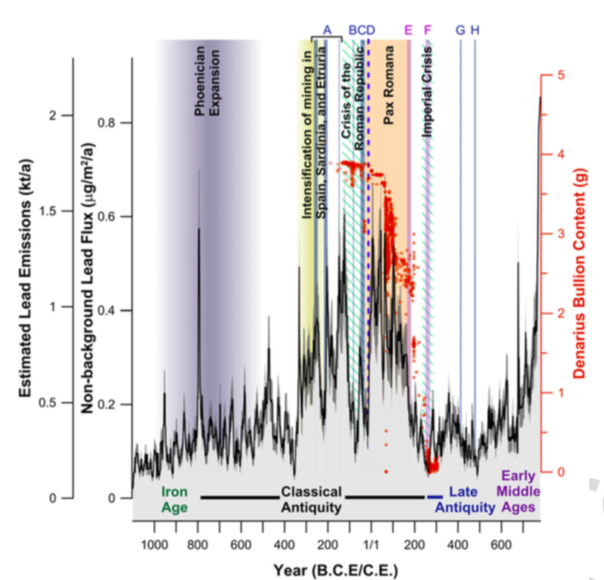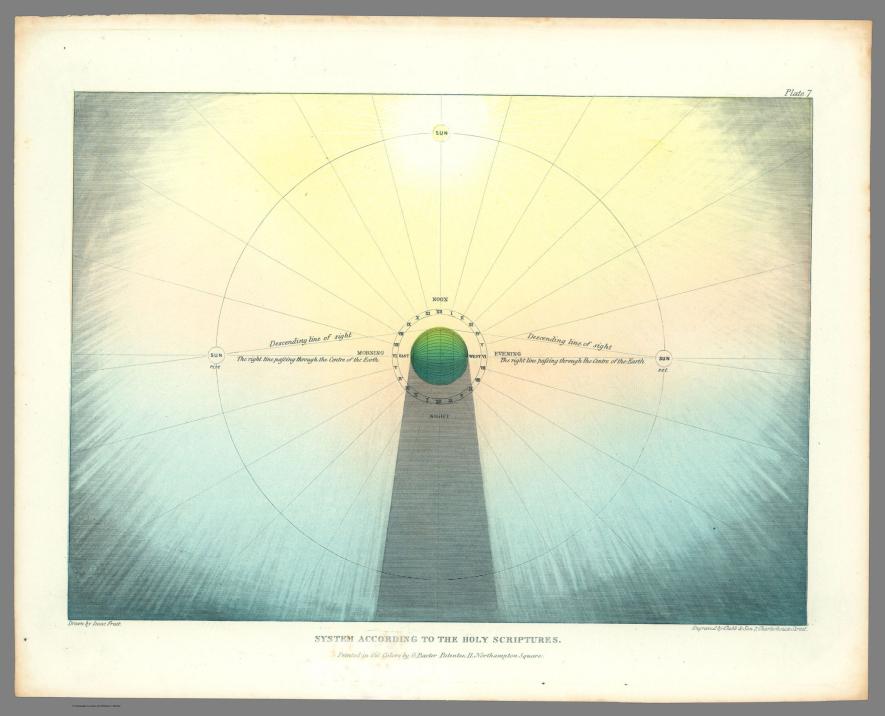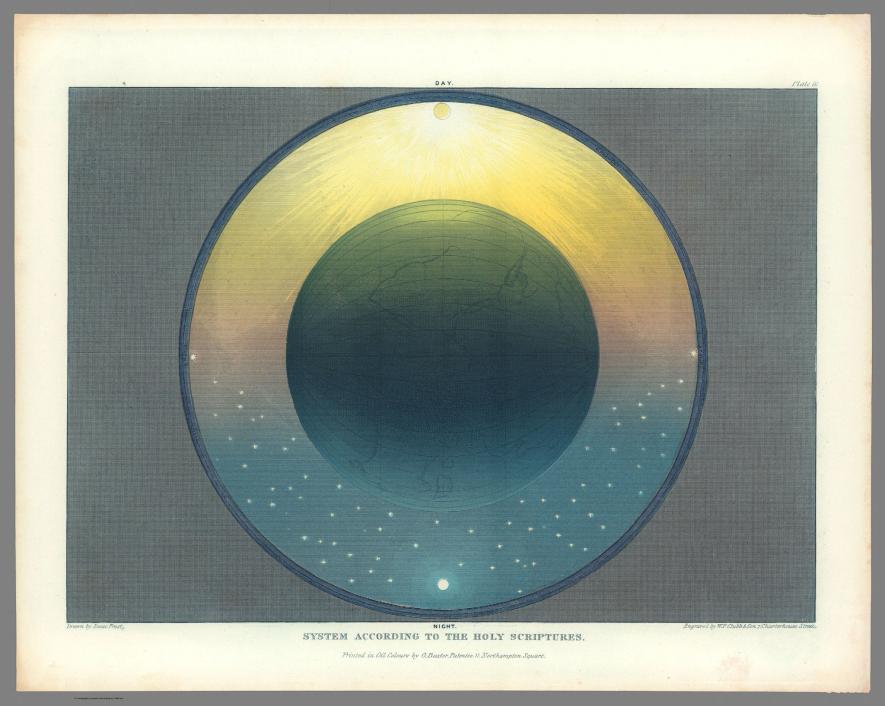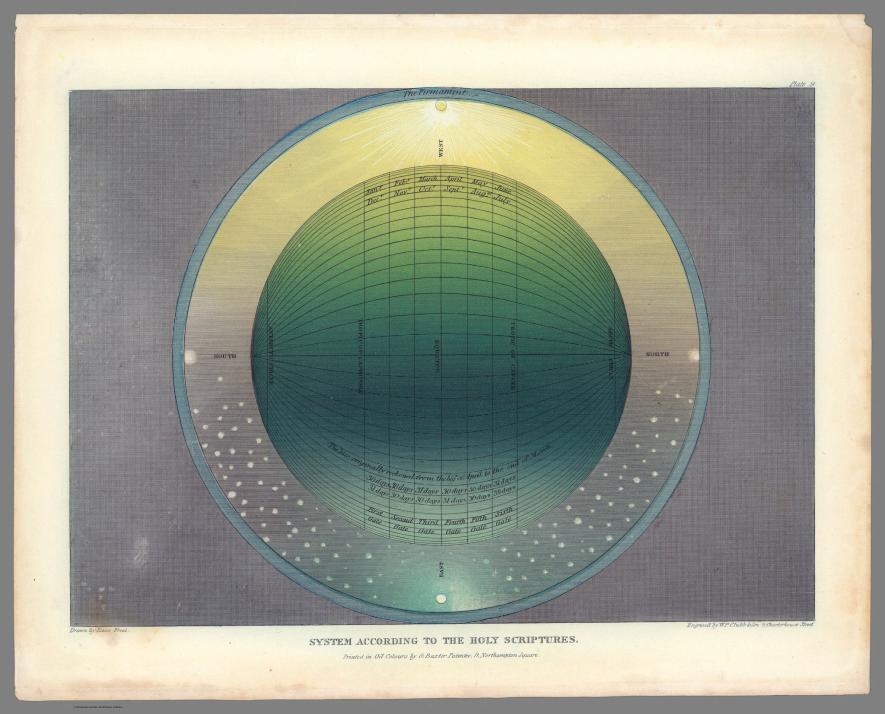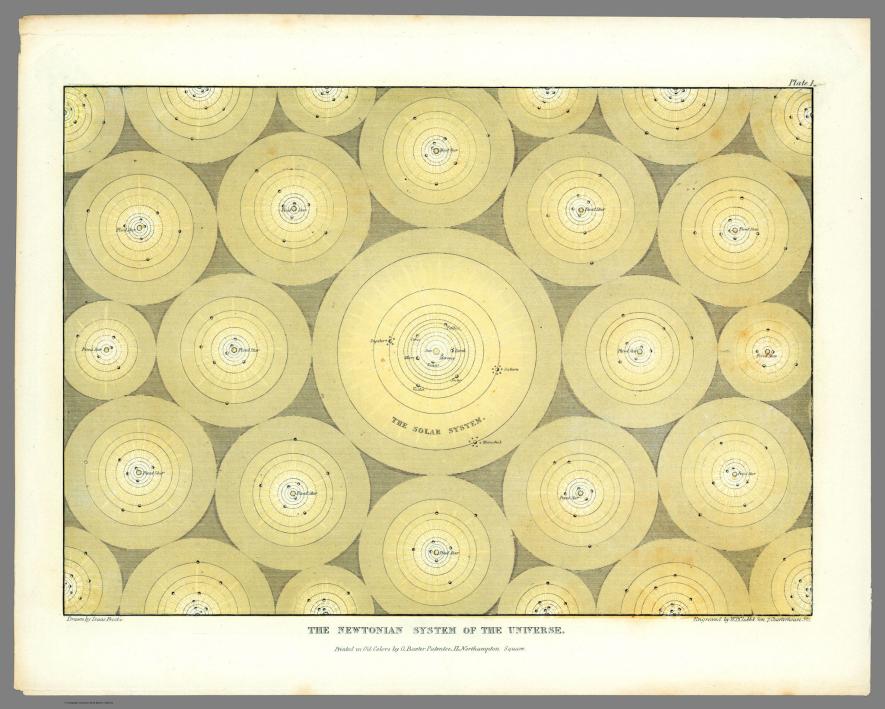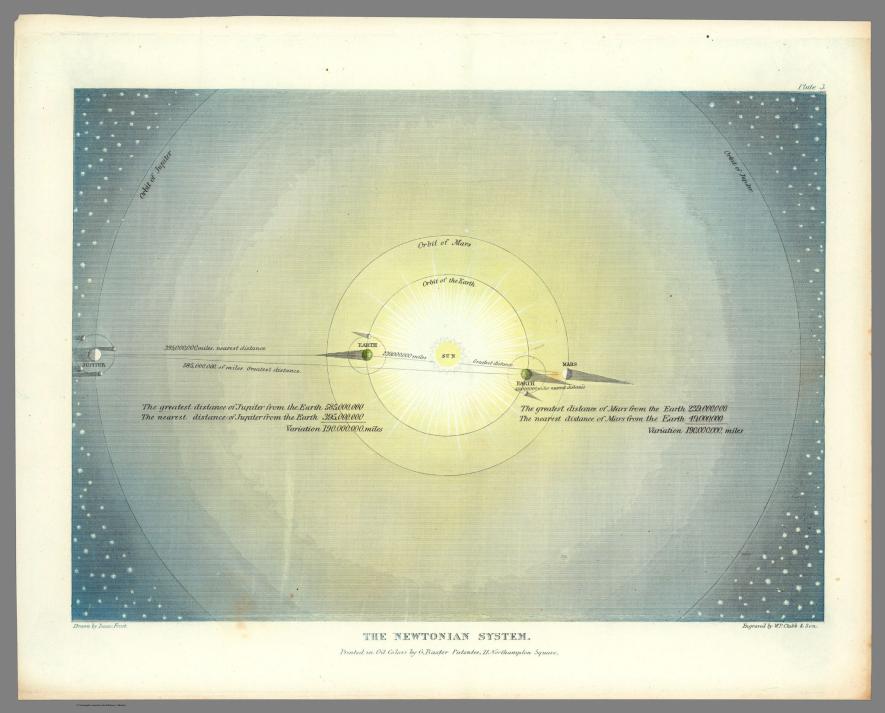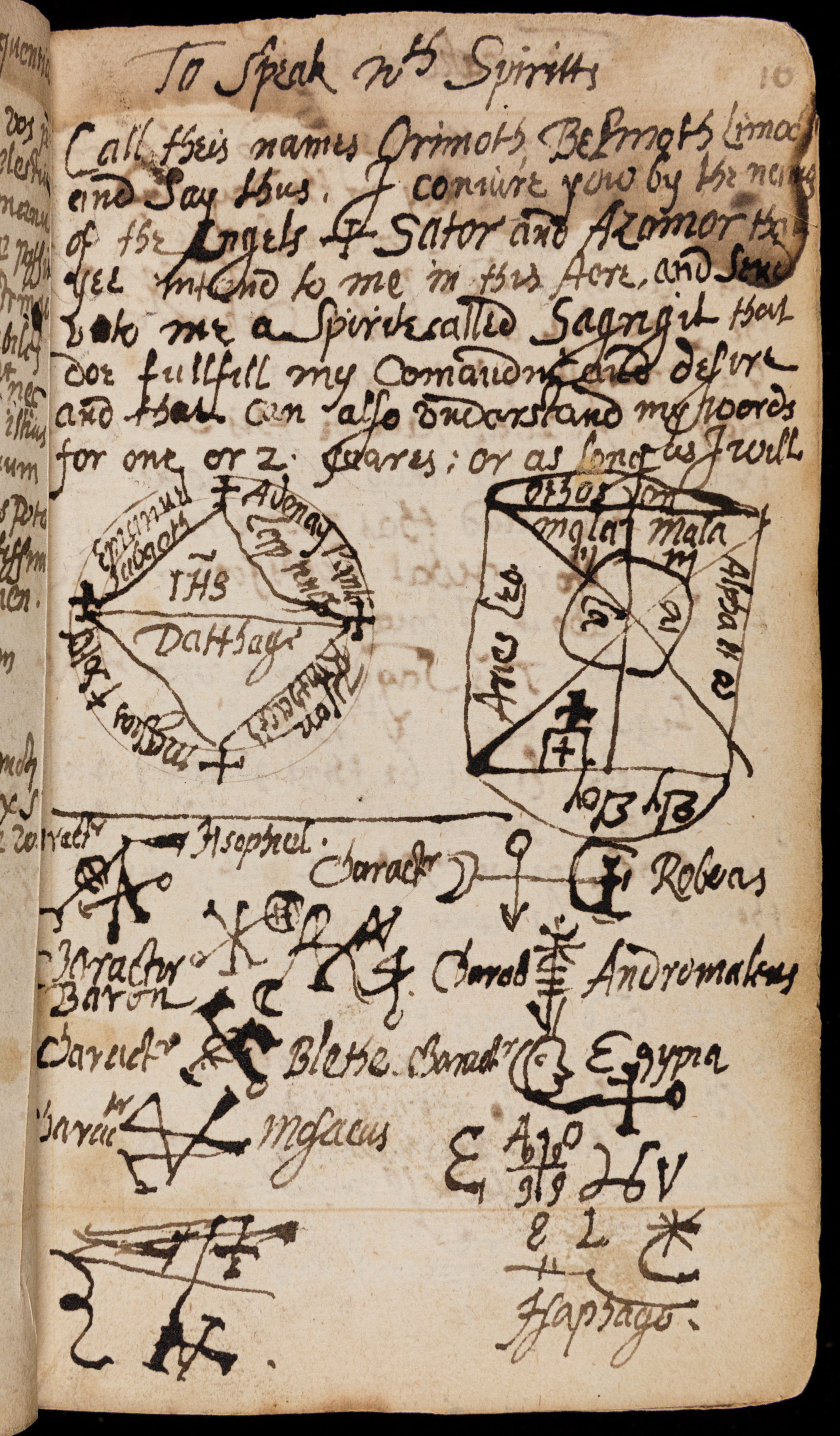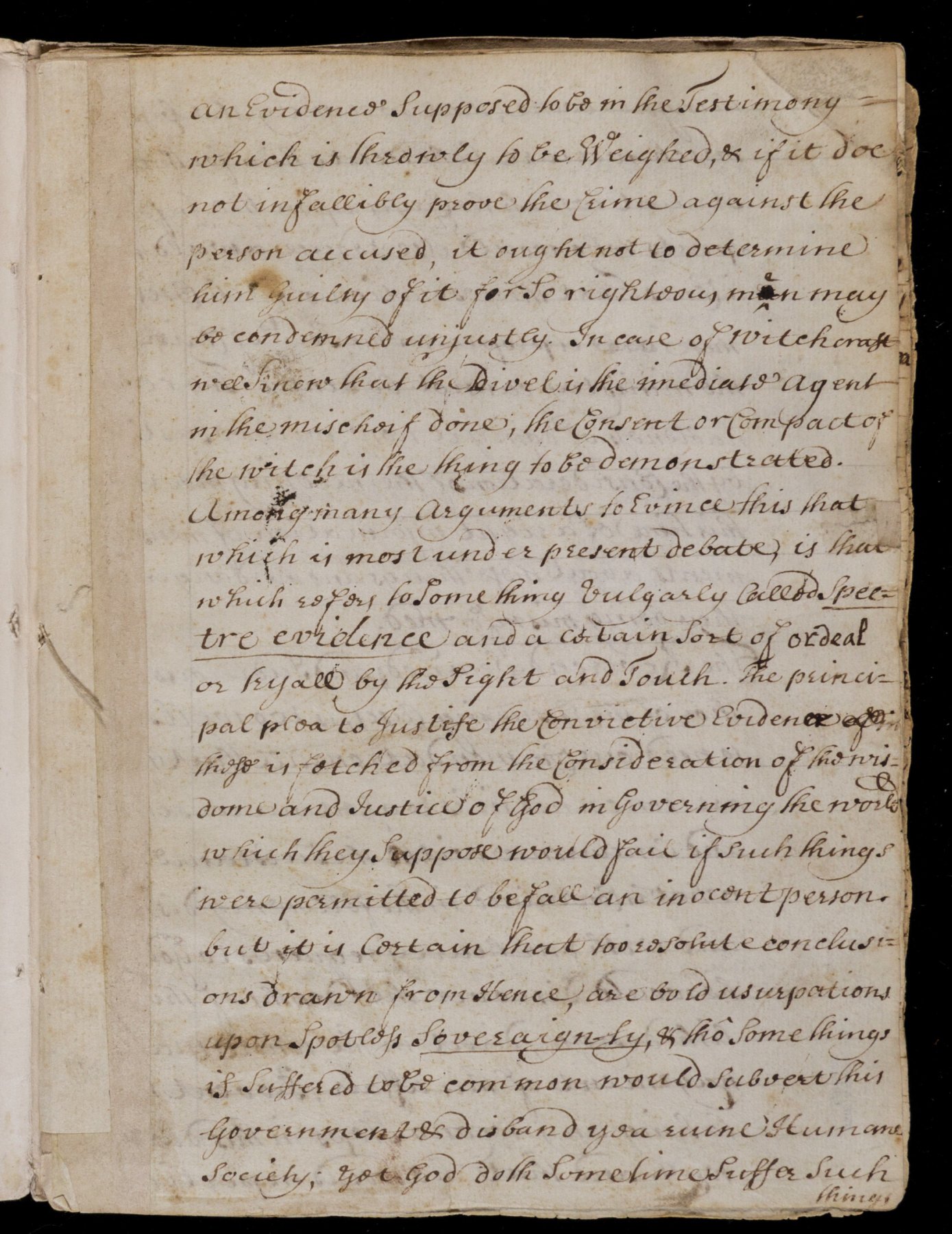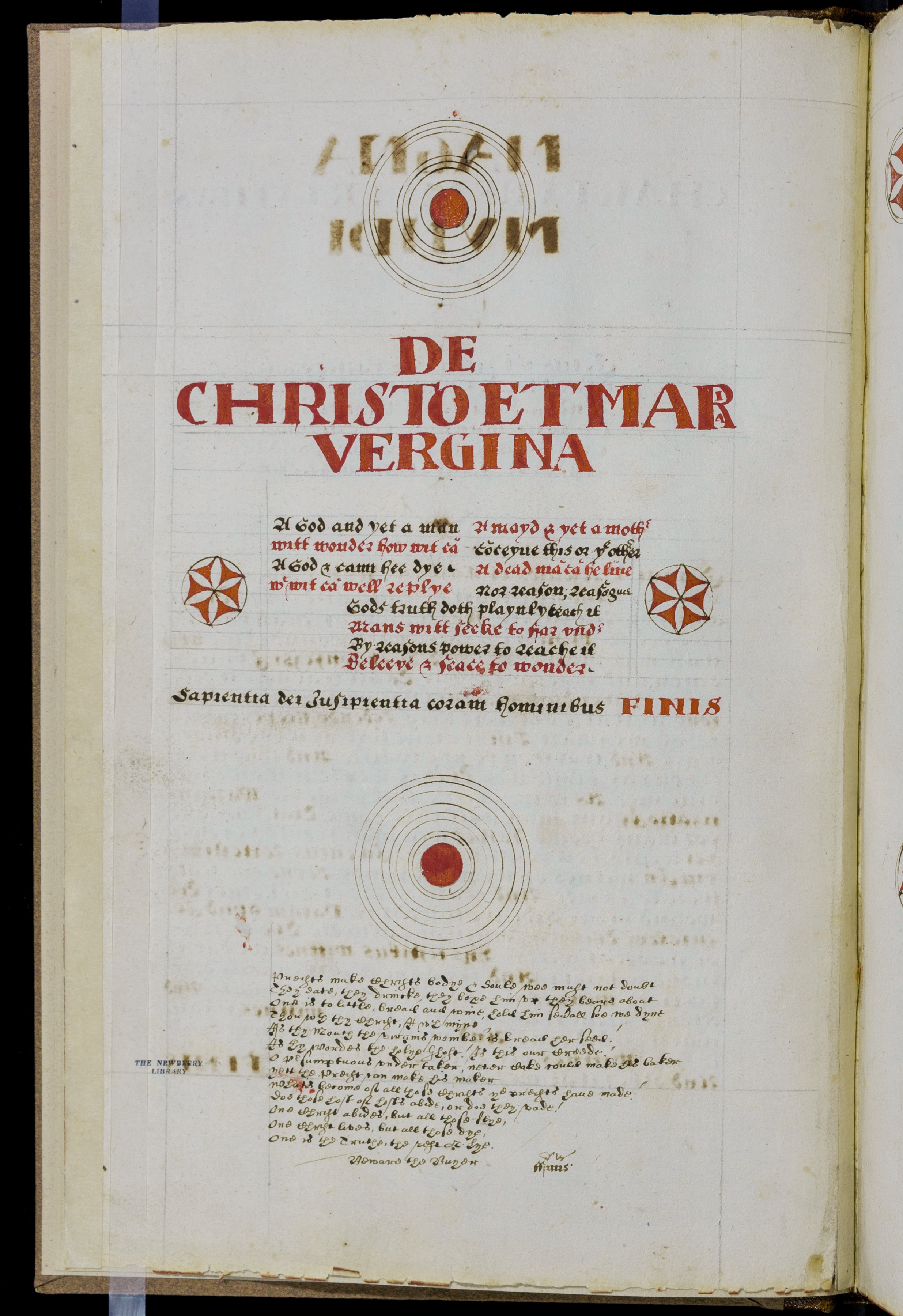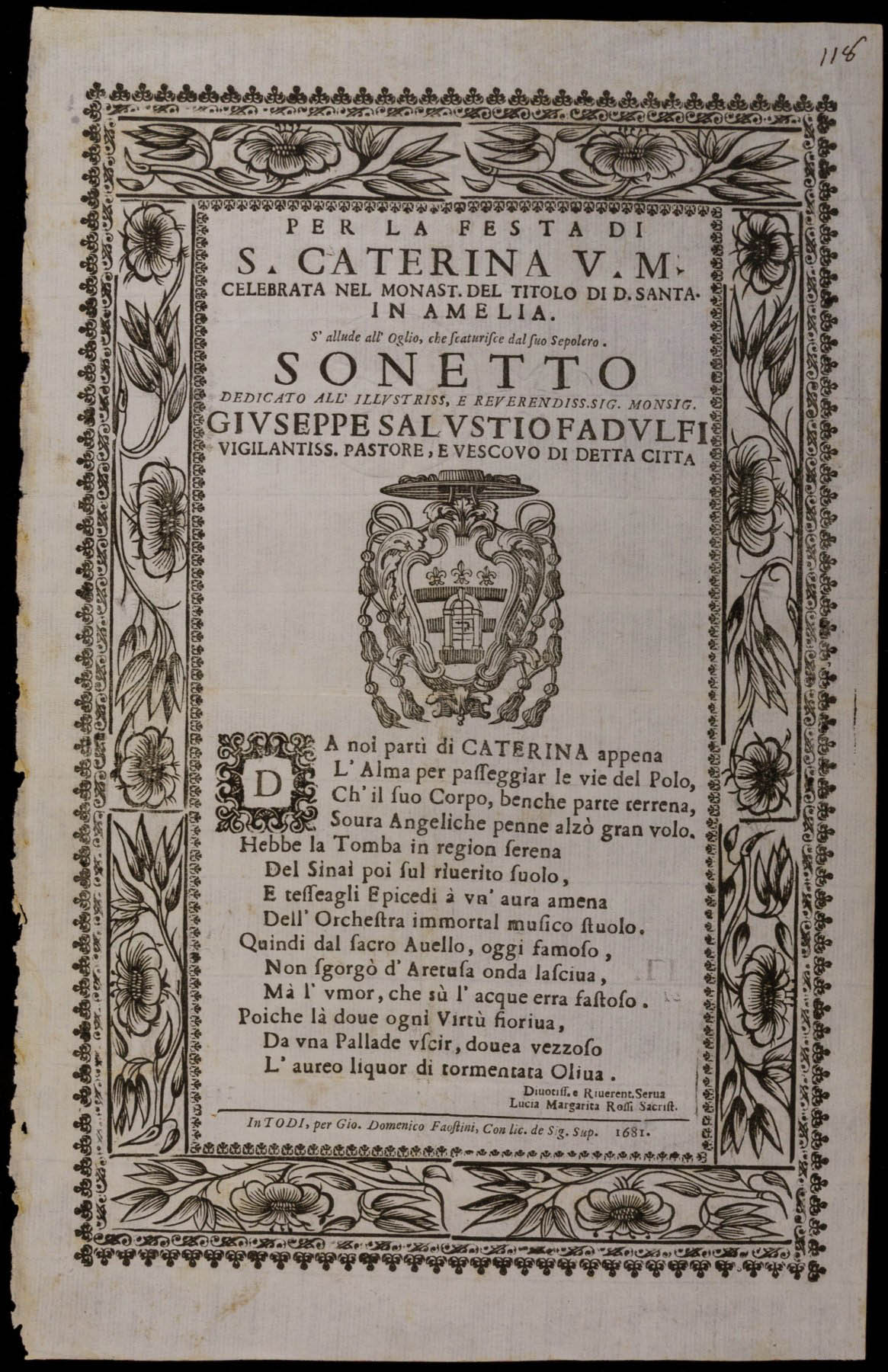In an 1878 North American Review description of his new invention, the phonograph, which transcribed sound on wax-covered metal cylinders, Thomas Edison suggested a number of possible uses: “Letter writing and all kinds of dictation without the aid of a stenographer,” “Phonographic books” for the blind, “the teaching of elocution,” and, of course, “Reproduction of music.” He did not, visionary though he was, conceive of one extraordinary use to which wax cylinders might be put—the recovery or reconstruction of extinct and endangered indigenous languages and cultures in California.
And yet, 140 years after Edison’s invention, this may be the most culturally significant use of the wax cylinder to date. “Among the thousands of wax cylinders” at UC Berkeley’s Phoebe A. Hearst Museum of Anthropology, writes Hyperallergic’s Allison Meier, “are songs and spoken-word recordings in 78 indigenous languages of California. Some of these languages, recorded between 1900 and 1938, no longer have living speakers.”
Such is the case with Yahi, a language spoken by a man called “Ishi,” who was supposedly the last surviving member of his culture when anthropologist Alfred Kroeber met him in 1911. Kroeber recorded nearly 6 hours of Ishi’s speech on 148 wax cylinders, many of which are now badly degraded.
“The existing versions” of these artifacts “sound terrible,” says Berkeley linguist Andrew Garrett in the National Science Foundation video at the top, but through digital reconstruction much of this rare audio can be restored. Garrett describes the project—supported jointly by the NSF and NEH—as a “digital repatriation of cultural heritage.” Using an optical scanning technique, scientists can recover data from these fragile materials without further damaging them. You can see audio preservationist Carl Haber describe the advanced methods above.
The project represents a scientific breakthrough and also a stark reminder of the genocide and humiliation of indigenous people in the American west. When he was found, “starving, disoriented and separated from his tribe,” writes Jessica Jimenez at The Daily Californian, Ishi was “believed to be the last Yahi man in existence because of the Three Knolls Massacre in 1866, in which the entire Yahi tribe was thought to have been slaughtered.” (According to another Berkeley scholar his story may be more complicated.) He was “put on display at the museum, where outsiders could watch him make arrows and describe aspects of Yahi culture.” He never revealed his name (“Ishi” means “man”) and died of tuberculosis in 1916.
The wax cylinders will allow scholars to recover other languages, stories, and songs from peoples destroyed or decimated by the 19th century “Indian Wars.” Between 1900 and 1940, Kroeber and his colleagues recorded “Native Californians from many regions and cultures,” the Berkeley project page explains, “speaking and singing; reciting histories, narratives and prayers, listing names for places and objects among many other things, all in a wide variety of languages. Many of the languages recorded on the cylinders have transformed, fallen out of use, or are no longer spoken at all, making this collection a unique and invaluable resource for linguists and contemporary community members hoping to learn about or revitalize languages, or retrieve important piece of cultural heritage.”
Related Content:
Josh Jones is a writer and musician based in Durham, NC. Follow him at @jdmagness

